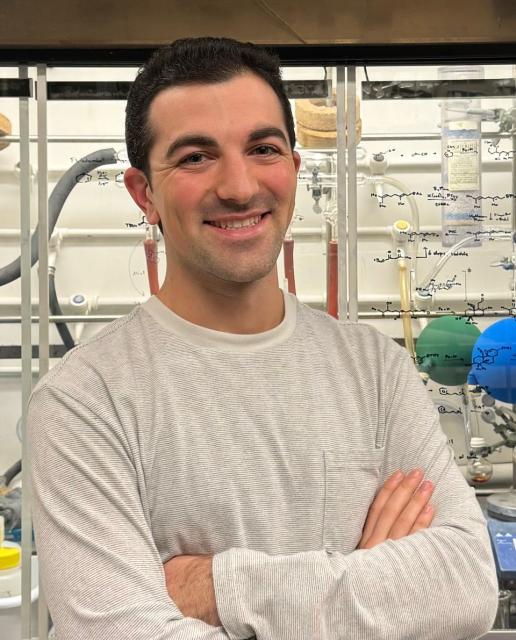Abstract:
In the last three decades, metal hydride-mediated hydrogen atom transfer (HAT) has seen rapid growth as a mild and chemoselective method for alkene hydrofunctionalization. Our laboratory has extensively developed this chemistry for strategic applications in the synthesis of natural products.
The work described will begin with synthetic efforts toward C26-modified indole diterpenes of the Paxilline family. A three-component, indium-mediated alkenylation-alkylation sequence was developed to quickly assemble a trisubstituted alkene in the first key step of this synthesis. Investigations in relation to the second key step, a HAT-initiated polycyclization cascade to construct the tricarbocyclic terpenoid core, revealed the extent to which regioselectivity can be controlled in these settings based on the innate aptitudes of different alkene substitution patterns toward HAT.
In light of the challenges we encountered in the synthesis of C26-modified indole diterpenes, we set out to find new ways to control site-selectivity in iron-catalyzed HAT-initiated reactions involving polyenes. Empirical data suggest that coordination between the metal catalyst and a hydroxy group allows for the preferential engagement of allylic alcohol motifs. This directing effect can be used to override innate selectivity patterns to a significant extent, even in systems with high biases under non-directing conditions. This new basis for a site-selective HAT was applied to the synthesis of 17 new beta- and gamma-amino alcohols from their corresponding polyenols.
Speaker:
Location:

